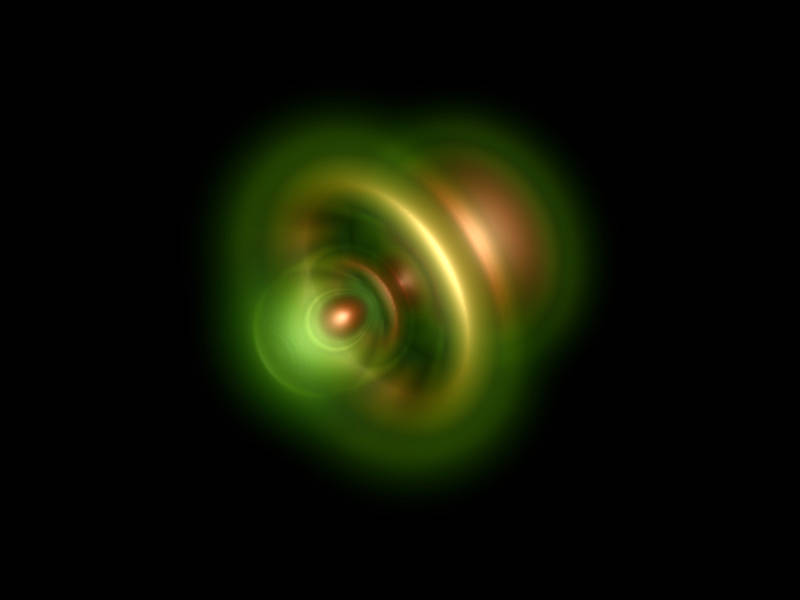Laser physicists from Munich have measured a photoionization for the first time with zeptosecond (10^-21 seconds) precision.
For those unfamiliar, a zeptosecond is a trillionth of a billionth of a second — it’s the greatest accuracy of time determination ever recorded.
This also marks the first absolute determination of the timescale of photoionization.

Photoionization refers to the moment an electron exits a helium atom due to excitation by light. When the actual light hits the two electrons of a helium atom, the researcher must be incredibly fast to see what occurs. That’s because beyond the ultra-short periods in which change takes place, there’s also a fairly significant amount of quantum mechanics taking place.
So, in order to better understand this particular aspect of the reaction, laser physicists at the Technical University of Munich and the Ludwig Maximilians University Munich took great pains to create the technical wherewithal to record the events; they did so, and with zeptosecond precision.
Before getting into the how, it’s important to understand the what — as in, what occurs during photoionization? When light hits the helium atom, either the entire energy of a photon can be absorbed by one of the electrons, or a division takes place; that latter only happens if a photon hits the two electrons of a helium atom. Regardless of energy transfer, one electron winds up leaving the atom, and this result is called “photoemission” or the “photoelectric effect.” It’s a result first explained by Albert Einstein in the early 20th century.
All told, it takes between five and fifteen attoseconds (1 is 10^-18 seconds) from the time a photon interacts with the electrons to the time at which one winds up leaving the helium atom. The ability to record in zeptoseconds allows researchers to better understand what happens during this time frame. (It is worth noting that the researchers can accurately measure events at a rate of up to 850 zeptoseconds.)
Now, for the technology: to test their solution out, the team shone an attosecond-long, extremely ultraviolet light pulse onto a helium atom to excite the electrons. While doing this, they also shined a second, infrared laser pulse that lasted about four femtoseconds (1 is 10^-15 seconds). The departing electron was detected by the infrared laser pulse the moment it left the atom following excitation by the extremely ultraviolet light, and the team discovered that depending on the electromagnetic field of the pulse at the time of detection, the electron can either be accelerated or decelerated. This knowledge (the electron’s ability to change speed), coupled with the ability to detect the electron the moment it leaves the helium atom, allowed the physicists to measure photoemission with zeptosecond precision.
“With the measurement of the electronic correlation, our experiments solved a promise of attosecond physics; namely, the temporal resolution of a process which is inaccessible with other methods,” says Reinhard Kienberger, professor of the Chair of Laser- and X-Ray Physics at the Technical University of Munich.
Two additional notes worth pointing out: this unique setup allowed the team to understand how the energy of the incident photon is quantum-mechanically divided between the helium’s two electrons in the few attoseconds before the emission of one of the particles.
Also, the laser physicists were able to correlate the zeptosecond precision of their experiments with the theoretical predictions of their peers at the Institute of Theoretical Physics at the Technical University of Vienna.
“We can now derive the complete wave mechanic description of the interconnected systems of electron and ionized helium mother atoms from our measurements,” says Martin Schultze, project leader at the Max Planck Institute of Quantum Optics in Garching (Germany).
All told, the team has put an important piece of the puzzle that is the quantum mechanics of the helium atom into its proper place. They’ve also advanced measuring accuracy in the microcosm to a whole new benchmark.
To learn more, read the full study, “Attosecond correlation dynamics,” which was published in Nature Physics.
Via the Technical University of Munich
Advertisement
Learn more about Electronic Products Magazine





